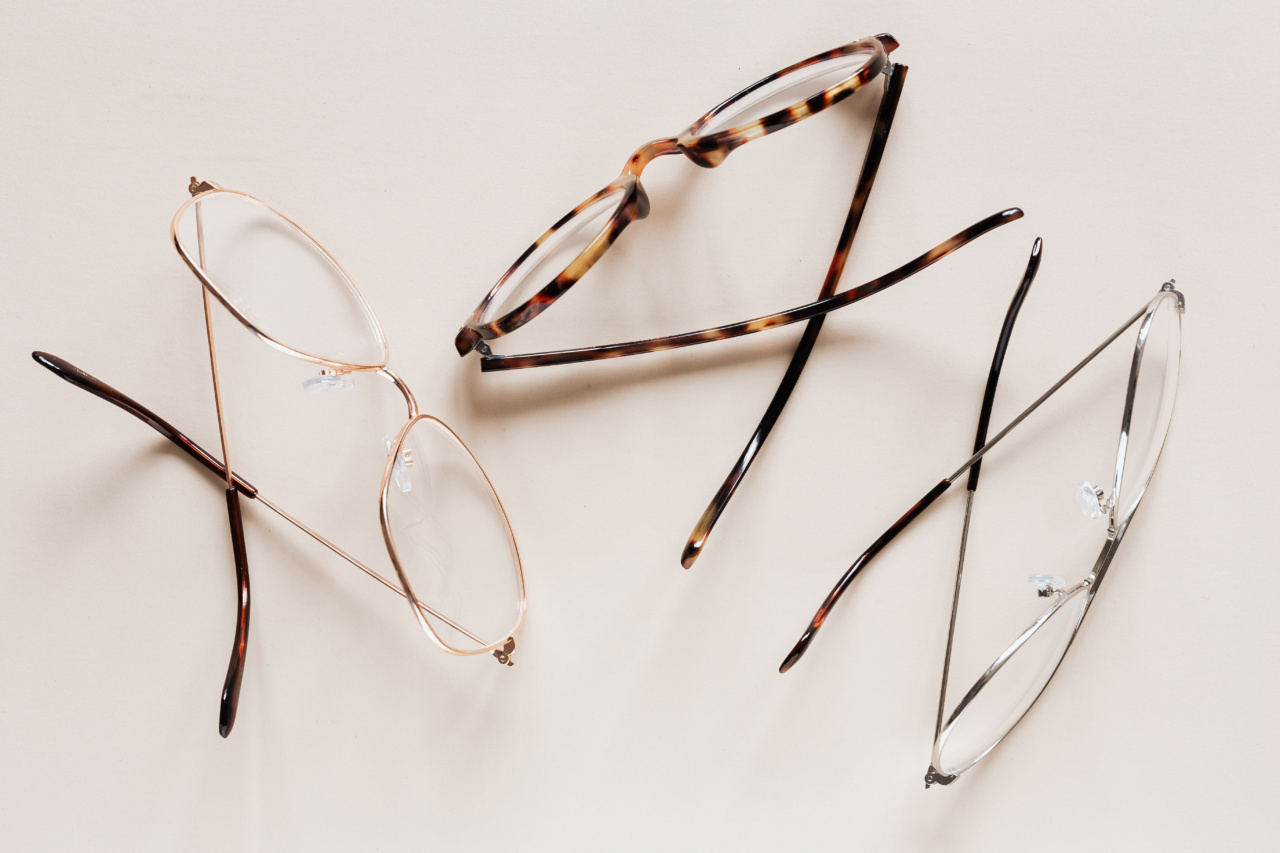Myopia, commonly known as nearsightedness, has become an epidemic among children in recent years. The prevalence of myopia has been rapidly increasing, with studies showing that almost half of the global population will be myopic by the year 2050.
This alarming trend has sparked concerns among parents and healthcare professionals about the long-term effects it may have on children’s vision. In this article, we will explore the causes of the myopia epidemic and provide practical tips on how parents can protect their child’s vision.
Understanding Myopia
Myopia is a refractive error that causes distant objects to appear blurred while close objects remain clear. It occurs when the shape of the eye causes light to focus in front of the retina instead of directly on it.
The exact cause of myopia is still unknown, but a combination of genetic and environmental factors is believed to contribute to its development.
The Role of Genetics
Studies have shown that myopia tends to run in families, suggesting a genetic component. If one or both parents are myopic, the chances of their child developing myopia are significantly higher.
However, genetic factors alone cannot explain the rapid increase in myopia cases observed in recent years. Environmental factors also play a crucial role in the development of myopia.
Environmental Factors
The rise of myopia among children has been mainly attributed to environmental factors such as increased screen time, decreased outdoor activities, and prolonged near work.
The excessive use of digital devices, such as smartphones, tablets, and computers, has become prevalent in today’s society. Prolonged screen time and close-up activities can contribute to the development and progression of myopia.
Moreover, the lack of outdoor activities and limited exposure to natural light have been associated with an increased risk of myopia.
Spending time outdoors, especially during early childhood, has been shown to have a protective effect against myopia development.
Educational Pressure
The pressure on children to excel academically is another contributing factor to the myopia epidemic. In many countries, students face intense competition in schools, leading to long hours of studying and reading.
The excessive near work and prolonged studying without adequate breaks can strain the eyes and contribute to the development of myopia.
Protecting Your Child from Myopia
While the myopia epidemic may seem daunting, there are several steps parents can take to protect their child’s vision. Here are some practical tips:.
1. Encourage Outdoor Activities
Make sure your child spends a significant amount of time outdoors. Outdoor activities, such as playing sports or simply enjoying nature, provide exposure to natural light, which has been shown to reduce the risk of myopia.
Aim for a minimum of two hours of outdoor time per day.
2. Limit Screen Time
Set boundaries on your child’s screen time. Encourage breaks during prolonged periods of device use and ensure that they maintain a safe distance from the screen.
The American Academy of Pediatrics recommends no more than two hours of screen time per day for children aged 2-5, and consistent screen time limits for older children.
3. Create a Vision-Friendly Study Environment
Ensure that your child’s study area is well-lit and that they maintain proper posture while studying.
Encourage them to take regular breaks and engage in eye exercises, such as looking into the distance every 20 minutes or focusing on a distant object to relax the eyes.
4. Teach Good Screen Habits
Teach your child proper screen habits, such as using devices at arm’s length and taking frequent breaks. Encourage them to follow the 20-20-20 rule – every 20 minutes, look at something 20 feet away for at least 20 seconds.
This helps reduce eye strain and fatigue.
5. Regular Eye Exams
Schedule regular eye exams for your child, even if they do not exhibit any vision problems. Early detection of myopia or other vision issues can help in timely intervention and management.
Children should undergo their first comprehensive eye exam at the age of 6 months, followed by exams at age 3 and again before starting school.
6. Balanced Diet
Ensure that your child follows a balanced diet rich in essential nutrients for eye health, such as vitamin A, vitamin C, vitamin E, omega-3 fatty acids, and lutein. Include foods like carrots, leafy greens, citrus fruits, nuts, and fish in their diet.
7. Consider Orthokeratology
Orthokeratology, also known as ortho-k, is a non-surgical option that uses specially designed contact lenses to temporarily reshape the cornea, providing clear vision without the need for glasses or contact lenses during the day.
This approach can help slow down the progression of myopia in children.
8. Be a Role Model
Set a good example for your child by practicing healthy eye habits yourself. Limit your own screen time, take breaks, and prioritize outdoor activities. Children are more likely to adopt healthy habits when they see their parents following them.
9. Be Mindful of Lighting
Ensure that the lighting in your home is adequate and does not cause strain on the eyes. Avoid bright overhead lights that can cause glare on screens or reading materials.
Use softer, ambient lighting to create a more comfortable environment for your child’s eyes.
10. Consult an Eye Care Professional
If you have concerns about your child’s vision or the risk of myopia, consult an eye care professional.
They can provide personalized advice based on your child’s specific needs and recommend appropriate visual aids or treatments if necessary.
Conclusion
The myopia epidemic is a growing concern for parents and healthcare professionals.
By understanding the causes and risk factors associated with myopia and taking proactive measures to protect your child’s vision, you can significantly reduce their chances of developing myopia or slow down its progression. Encourage outdoor activities, limit screen time, create a vision-friendly study environment, and prioritize regular eye exams.
By being proactive and mindful of your child’s eye health, you can help them maintain clear and healthy vision for years to come.





























